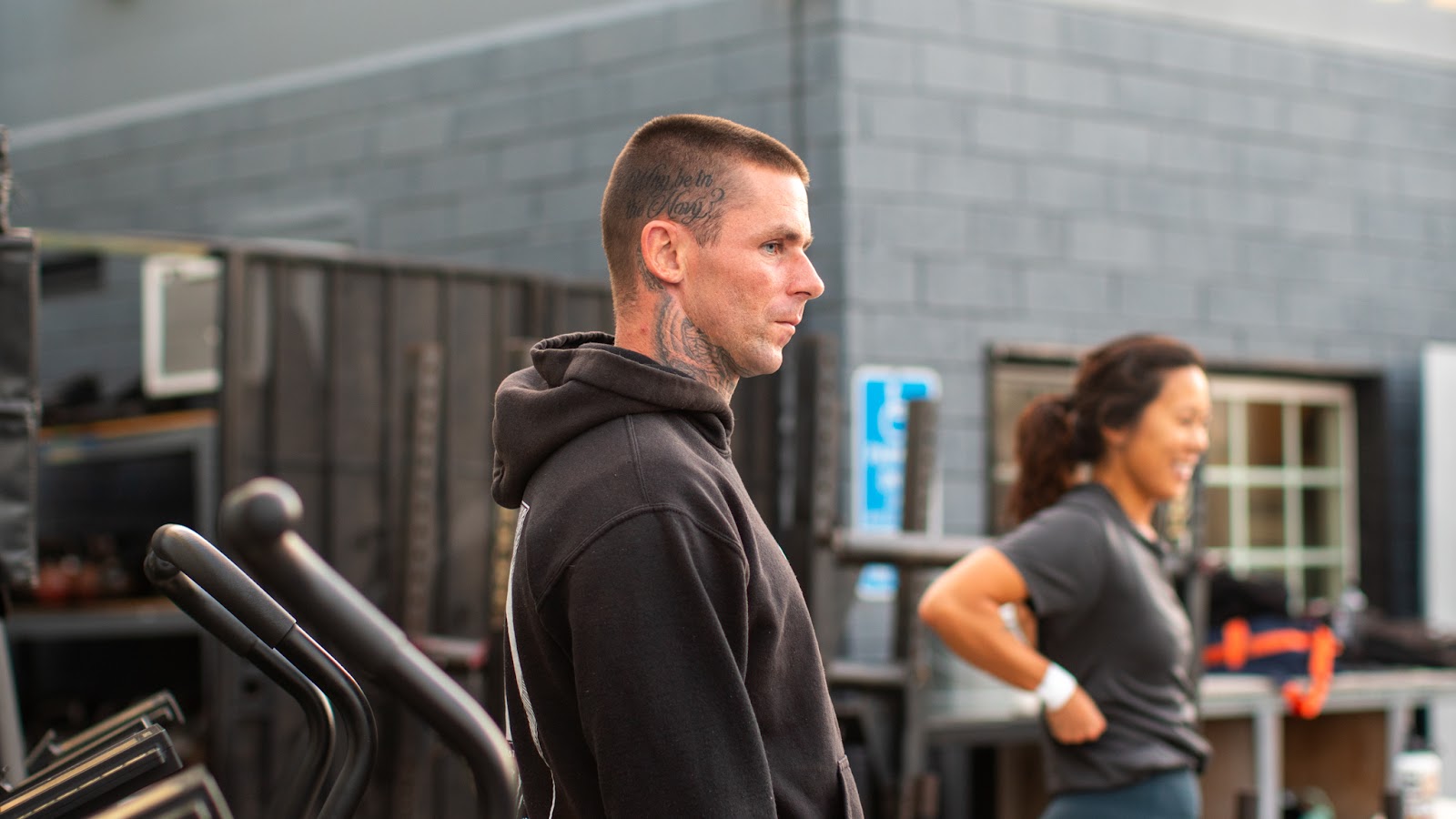
Human movement is infinitely complex. No one person will ever fully understand all of the intricacies behind driving adaptation through training. Some may see this as pessimistic. Instead, it is a call for simplification.
Part of my job is to be relentless in uncovering knowledge. The other part is to simplify what I’ve learned into frameworks that are useful to myself and those I work with.
There are many ways to condense and apply what is known about Strength and Conditioning.
This series will cover one way to drive training adaptation by balancing the stress of training and its effect on the body with the necessity of recovering from that stress without developing compensatory patterns or long-term dysfunction.
It is important to understand:
- The objective of training is to stress the body to elicit a desired outcome or adaptation.
- The process of how the body physiologically responds to any stressor.
Much of what we know here is derived from the work of Hungarian endocrinologist Hans Seyle.
He coined the terms ‘general adaptation syndrome’ and ‘stress response’ to describe how an organism responds to a chemical or biological agent, environmental condition, external stimulus, or event. He acknowledged that some stressors provide positive outcomes, eustress, and some negative, or distress.
Hans also identified three stages of response that an organism goes through when subjected to the above stimuli: The Alarm Reaction Stage, The Resistance Stage, and The Exhaustion Stage.
In the first stage, the body responds to the stressor through a physiological reaction, such as the release of cortisol and adrenaline. This reaction creates a sympathetic state and prepares the person to deal with the stressor. The second stage is a parasympathetic state in which the body attempts to repair the damage caused by the first stage. If it is successful, the body recovers, adapts, and is equipped to tolerate an equal or greater stressor. If the stressor is too prolonged or acute, stress hormones continue to be produced, and the body enters the exhaustion stage. In this case, there is no recovery, and the adaptation leads to a weakened rather than a strengthened state.
Looking at training through the lens of these three stages of response can help us understand it. Take a Squat cycle, for example. We understand that the cumulative stress would be too great if an athlete were to squat heavy daily for a month. That person would never successfully recover and would enter the exhaustion stage, ending the month much less prepared to tolerate load than at the beginning of the month.
If, instead, the squat days of the same athlete were strategically allotted to allow for sufficient recovery and positive adaptation, we would get a much different result at the end of the training cycle.
The art of providing an effective training program lies in administering the appropriate amount of stress to drive the changes we want without subjecting the body to more than it can recover from.
Next, we will look at the various systems in the body that we are trying to influence and how they work together…
7/23/24 WOD
DEUCE Athletics GPP
Complete 4 rounds of the following:
5 Pause (BTK) Power Clean
EMOM 16
Min 1: 15 Banded KB Swings
Min 2: 12 Lateral Push Ups
Min 3: 8 Chin Ups
Min 4: :30 Max Slam Balls
DEUCE Garage GPP
5-5-5-5
Box Squat
EMOM 10
5 KB Swings (AHAP)
5 Slam Balls
-Rest 2:00-
EMOM 10
8 Alt KB Swings
8 Alt Rotational Medball Slams

